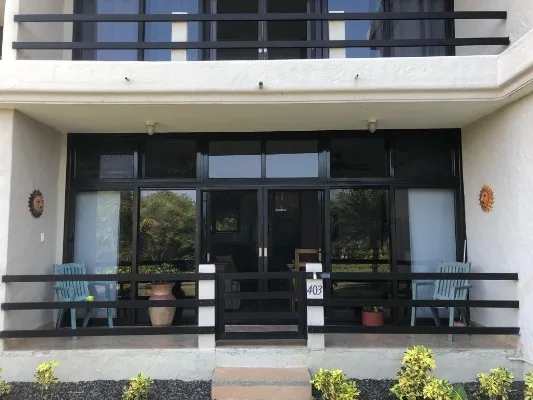Quito art restorers fix up real people as well as religious statues and artifacts
By Jim Wyss
Shortly after rebuilding the fingers of a late 19th century statuette of Saint Francis, Gonzalo Gallardo turned his attention to the badly scarred nose of a 23-year-old mechanic.

Baby Jesuses await restoration in Quito.
Mixing pigments and “secret oils” until he matched the young man’s skin tone, he slowly covered up the bright red welts — produced by a Halloween brawl that included a broken bottle to the face.
“Every morning you need to rub your own saliva into the scars,” Gallardo counseled as he used a thin paint brush to blend in the coloring. “And come back and see me in three days.”
On the cobbled streets of downtown Quito, dozens of artisans make their living restoring religious icons — giving faded cherubs fresh blush marks or reattaching the arms of obscure saint. But a select few of these restorers, like Gallardo, also practice their art on flesh-and-blood clients — getting the bruised and battered ready to face bosses and wives.
To the uninformed, these artisans might be confused with cosmetologists, fussing over clients with brushes and makeup. But practitioners of the art bristle at the description. They call their work encarnación, which loosely translates to embodiment or flesh-restoring, and they see their job as part healer and part low-budget plastic surgeon.

Gonzalo Gallardo treats a living patient.
“This isn’t makeup,” Gallardo said, pointing to a container of crimson powder that he mixes with yellow, white and brown pigment to get the right skin tone. “This is a special preparation.”
What’s in the mixture is a closely guarded secret, but Gallardo says it not only covers but heals. Even so, unlike some less-scrupulous encarneros, Gallardo doesn’t promise miracles.
“The skin will never be perfect again,” he tells the mechanic, “but this can improve your wounds 70 or 80 percent.”
On a recent weekday, William Sigcha, 40, stopped by Gallardo’s small shop for a quick touch-up before heading to work at the international airport. He had fading horizontal lines running across his temples and a scab near his lip.
He said he was a repeat, and satisfied, customer: No one at work had noticed the makeup, or the wounds.
Asked about the cause of the blemishes he said “my wife scratched me.”
In about five minutes and for $1.50, the marks had disappeared and Sigcha was on his way.
Sigcha is a typical client — people with minor bumps and scrapes who require just a few makeup sessions. But others are more serious. Gallardo said he spent a full year treating a woman disfigured in a car accident.
Henry Pastaz, the mechanic with the scars across his nose and cheek, said he’d already visited a plastic surgeon but wasn’t satisfied with the results.
His colleagues recommended Gallardo.
“I just want to heal well,” he said. “That’s all I’m hoping for.”
After admonishing the young man for waiting so long to come in, Gallardo said he would need to see him several times a week, well into the new year, to make a difference.
While several of the local art restorers practice encarnación, Gallardo claims the process was pioneered by his late father-in-law Alfredo Carrión 50 years ago. The techniques were passed down to Carrión’s daughter and Gallardo was brought in on the family secret only when he married her.
“Other people might try to do it, but sometimes they make things worse,” he said. “Their pigments can burn the skin.”
This is the busy season for Quito’s encarneros. Locals often have their saints and nativity scenes touched up for the holidays and raucous year-end parties tend to produce a flood of cuts and bruises.
Within the course of 20 minutes on a recent morning, Gallardo had three clients.
Gallardo says he’s a fourth-generation art restorer and a second-generation face healer and the two trades are interdependent. It’s thanks to decades of working on icons and statuettes that he has the dexterity to improve people.
“What I do is to help the community,” he said of his encarnación work. “How much do you think someone with a degree would charge to do something like this? They’re not going to charge $1.50.”
_________________
Credit: Miami Herald, www.miamiherald.com





















